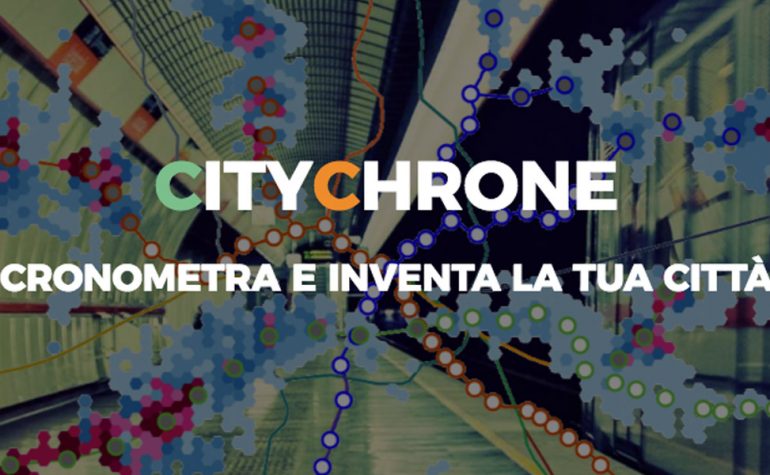The Statistical Physics and Complex Systems Group's activity for the European Researchers' Night
We will be at the European Researchers' Night at the University of Parma on 27th September 2019, from 15.00 to 21.00, at the Physics Building (Bohr Room) in the Department of Mathematical, Physical and Computer Sciences (Researcher's Night at the SMFI Department).
Which epidemic can infect the whole world in a short time?
In this activity we will use the Citychrone platform to understand urban transport in the city, compare the efficiency of transport in different cities. We will also allow citizens to participate by finding new and creative solutions to public transport problems in the cities, building their own metro lines.

How to design an efficient metro network that makes all areas of a big city accessible?
How does information travel on the web and how do data packets circulate on the internet?
The physics of complex networks and contagion models help us to understand epidemics (good and bad). We will simulate terrible epidemics, try to build the best subway in the world and map traffic flows and packets of information, to better understand what improves and what hinders transport on the network.

For further information on the CityChrone Project or on the CitcyCrhone Platform, click the links.
The authors of CityChrone are Indaco Biazzo, Vittorio Loreto and Bernardo Monechi: they also recently publish a paper linked to CityChrone: